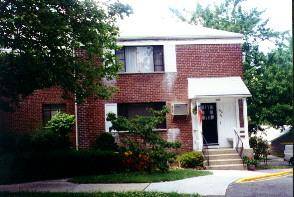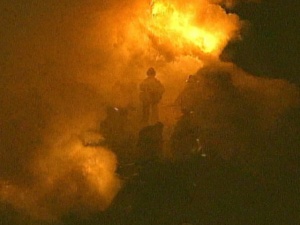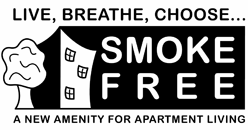Soaring charges hit condo, co-op owners
Worse lies ahead as income from flip taxes and retail units ebbs just as defaults rise
By Amanda Fung
Published: February 22, 2009 – 5:59 am
Residents of a 54-unit Upper East Side co-op got the bad news last month—despite the board’s intense efforts to trim expenses, maintenance fees are rising 15%, nearly double last year’s hike. “People are furious,” says Steven Sladkus, president of the co-op board and a partner at law firm Wolf Haldenstein Adler Freeman & Herz. “Some of them have lost their jobs.”
It’s an increasingly common problem. Even as the city’s economy sinks, maintenance fees and common charges for co-ops and condos, respectively, are rising at the highest rates in years. Co-op managers blame soaring expenses, primarily property taxes.
And things could get much worse. Income derived from renting retail space and levying charges on unit sales is plummeting, and the number of owners defaulting is starting to rise.
Monthly fees at co-ops are going up at more than double the rate of recent years. Though steeply falling fuel costs have given buildings some relief, most boards cite drastic hikes in real estate taxes. Condo common charges are rising less dramatically, because such taxes are not included.
Fees have spiked 7% to 12% at the 300 Manhattan co-ops and condos managed by Cooper Square Realty, according to Chief Executive David Kuperberg. That compares with traditional average increases of 3% to 5%. Similarly, Halstead Property Management says the co-ops it operates are getting hikes of 8% to 14%, double historical rates.
At Lincoln Towers, an eight-building complex on the Upper West Side, owners are writing maintenance checks that are 4% to 13% higher than in 2008.
“This is by far the largest general increase we’ve had since 1987, when we became a co-op,” says Andrew Cooper, president of Residence Resource, which manages Lincoln Towers. “This is happening citywide.”
The squeeze has just begun at co-ops and condos where rental income from retail and office space is important. Ground-floor retail leases are major sources of revenue for many residential properties. For instance, such space in a building on Madison Avenue in the East 80s can fetch at least $300 a square foot. Retail rents can bring in millions of dollars, according to Faith Hope Consolo, chairman of Prudential Douglas Elliman’s retail leasing and sales division.
The retail vacancy rate in Manhattan residential buildings is running at nearly 18%—triple that of 2008, Ms. Consolo says. “There is a lot of competitive space out there,” she adds. “Retailers have been victims of the recession.”
With declines in sales prices and transactions, co-ops that still look for income from flip taxes are feeling the pinch. Deal volume was down 23% in the fourth quarter from a year earlier, according to appraisal firm Miller Samuel. The building typically makes 3% to 5% of the unit sales price.
At the market’s mercy
“Co-ops are at the mercy of the market,” says Eric Goidel, senior partner at law firm Borah Goldstein Altschuler Nahins & Goidel.
Condo buildings, which have less stringent financial requirements for initial purchase than co-ops do, face another threat. As owners lose their jobs or their bonuses, they quit paying common charges. And in the deteriorating real estate market, developers are increasingly left paying common charges for unsold units—a burden that could push some of them into bankruptcy.
“If developers default, everyone else will eventually have to pick up the balance,” says Jeff Reich, a partner at Wolf Haldenstein.
Meanwhile, operating costs—including water, sewage and labor—continue escalating. Many co-op managers point to real estate taxes for the hefty maintenance fee spikes. To help fill the city’s $4 billion budget gap, Mayor Michael Bloomberg and the City Council recently boosted property taxes 7%.
“The city hit owners at a very bad time,” Mr. Kuperberg says. “Values of homes are decreasing, and people are struggling to pay their mortgage.”
Some condo owners claim that developers misrepresent operating expenses to attract buyers. Other estimates may be made in good faith but are outdated in a short time. One new Madison Avenue condo was forced to raise common charges 25% this year, according to Mr. Reich.
“It’s a perfect storm,” he says. “Expenses are increasing, and people who [relied on financing] for an obscene amount of the price of their condos are seeing values decline.”
Filed under: Bay Terrace, Co-op, Community, Condo, Economic, housing, New York City, Queens | Tagged: Bay Terrace, Co-op, Condo, Economic, housing, New York City, Queens | Leave a comment »







